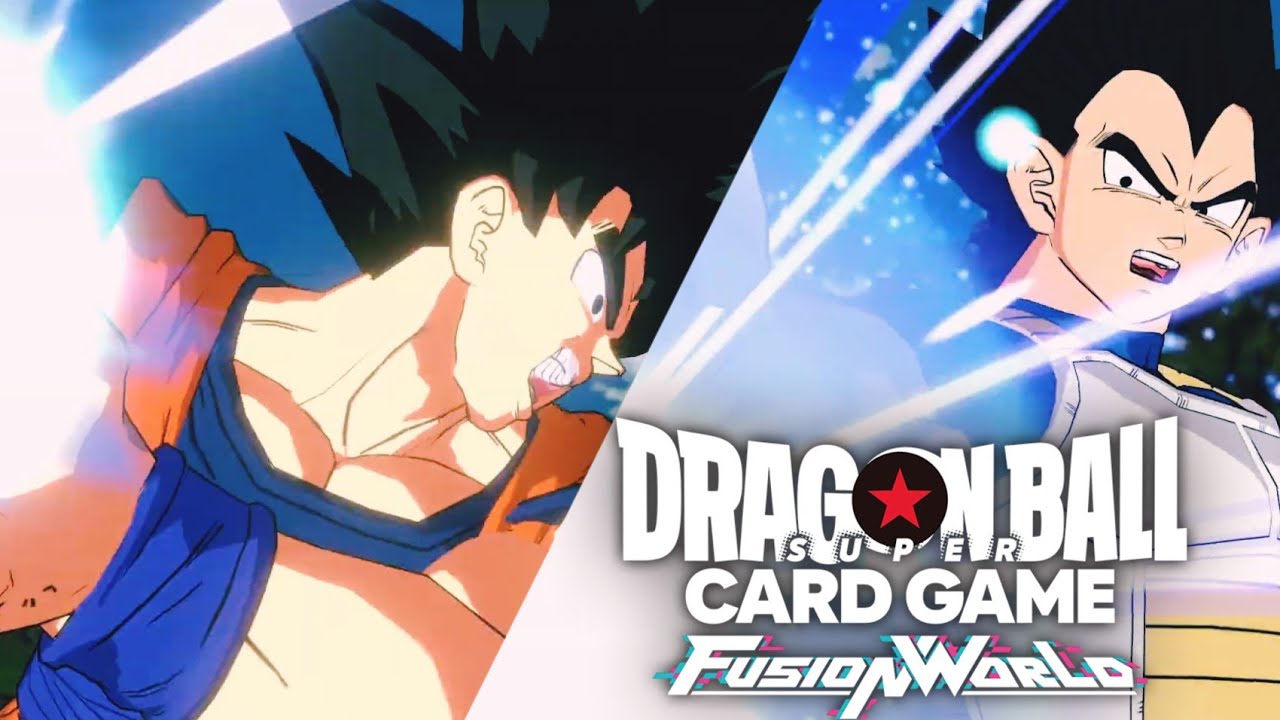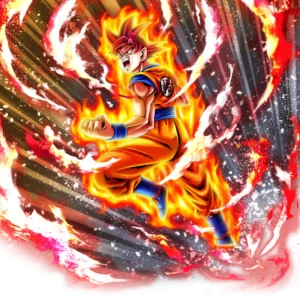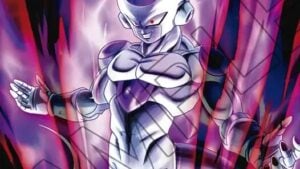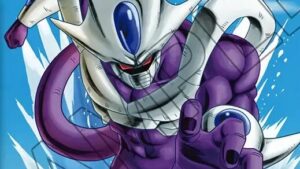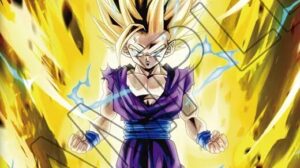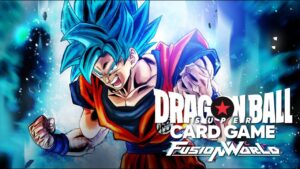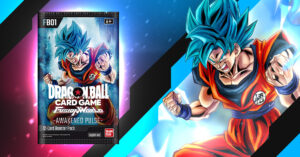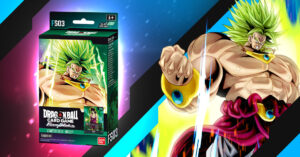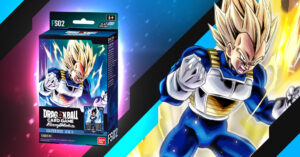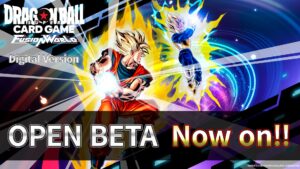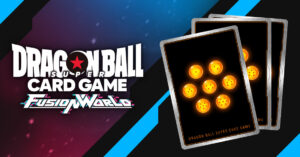Table of Contents
The new Dragon Ball Super Card Game Fusion World Open Beta is now available for PC, and a lot of players were eager to give it a try - either coming from its predecessor or as a card gamer.
In this first Open Beta, we are only playing to test the waters, as no progress made there will transfer to our account when the full game releases in February 2024. However, it is great to have a feel of the game mechanics, both to know if we’ll enjoy it, but also to be able to get further in the learning curve once we’ll play for real.
In order to help you with this process of learning the game, I compiled some advice I think everyone should know to play the game for real. In other pieces, we’ll talk about the various starter decks, which cards are the most important for each colour, or even the game economy. There is also a friendlier piece for card game beginners on this very website, in case Dragon Ball World Fusion would be your first card game.
Yet, until we dive into more intricate topics, let’s focus on the game fundamentals, and the little tricks you need to know to have a great start to your Dragon Ball World Fusion journey !
Games are very short-lived
When you start a match and see each leader have eight cards representing their health, you could believe this is going to take a bit before any side is put in a precarious situation. You probably want to reconsider that thought.
First, you will almost always want your Leader to awaken in a match, meaning you’re almost happy to lose the first four of your life points. Also, it gives you extra cards to play with, so really, it’s almost like you want to play in the danger zone rather than stay at a high health total. There are cards with the ability to draw a card from your life, that should tell you how flexible that resource can be considered.
Moreover, because the tie goes to the attacker, it is often better to just take a hit than use cards to dodge one attack, especially early in the match. Plus, most leaders have the same thresholds of power, meaning, when you attack the opposing leader to get the “draw one when attacking” ability triggered, they won’t block it early on, especially if they aren’t awakened yet.
Lastly, your cards have nothing to fear when attacking, as a bigger defender will just block, but not damage your card. With all those upsides to being the attacker rather than defending yourself, a game of Dragon Ball Fusion World will typically see both players use their cards proactively, and fight for the right to decide how cards can be used. Once a player is in the lead, the game can end in just a couple of turns.
As such, I would encourage you to see a game of Dragon Ball World Fusion through the spectrum of having 4 health only, and a couple of turns to set up early in the match. Indeed, you would much rather awaken fast, and get some extra cards to use to keep your momentum going, rather than run out of resources and still have your Leader at full health.
To give some perspective, even when playing against a Frieza or Broly, two leaders with long term synergies attached to them, I still have to see a game go past the eighth turn playing the beta. In particular, leaders ability when awakened will push for the game to speed up and make it impossible to defend against everything. This game is built to be a race, with an aggressive mindset being rewarded as long as you have cards to support it.
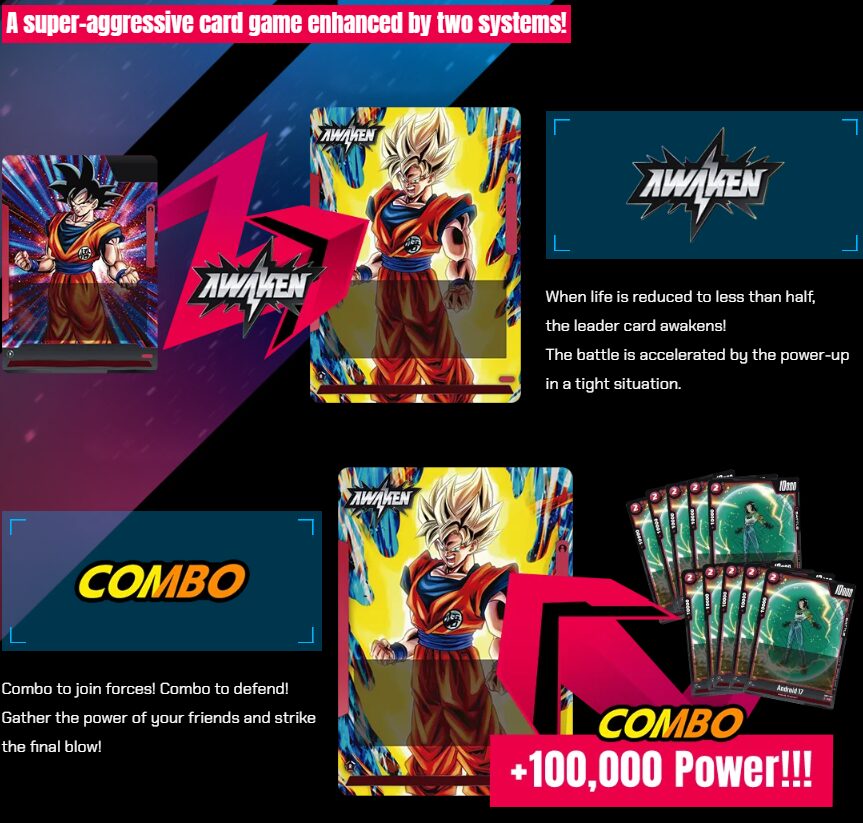
Cards are the key to everything
I feel like I already touched on this point in the previous section, and it's probably obvious in a card game, but let’s make sure we are all on the same page: You really want cards more than anything else in Dragon Ball Fusion World.
Not only are cards the warriors you summon to attack your opponent, you also have to place some in your energy zone, while using others to buff the ones in battle. Then, even if the game gives you two cards per turn through your draw and your leader attack, you can quickly run out of steam if you use them carelessly.
In the first part, we already touched to how awakening early can be beneficial, as it represents a way to power up your leader, and get extra cards to work with in the process. In this section, I would like to extend this concept to looking at the game from a card management standpoint.
If you pressure your opponent with constant attacks, they will have to spend cards for combos or accept losing the ones you target. If you use cards with the “Critical” ability, they won’t draw when you damage their leader. If you clear their battle cards rather than attacking their leader, you remove their choice to take the hit and draw a card. If you are going to awaken the opposing Leader, make sure you planned to transfer to 20,000 power cards, otherwise you won't be able to pressure anymore, and just gave them four additional cards to work with. There are plenty of areas where you can get an extra card, prevent your opponent from getting one, or pushing them to use some. Leveraging those through the course of the match will often be how you build your advantage, and get to dictate the pace, and the result of that game.
This logic also works if your opponent tries to finish the game quickly. Having more cards available means being more flexible on defense. You would then be able to combo cards to protect your Leader if you feel the game can end soon, or the important battle cards you built your strategy around. In the long run, this card advantage will transfer to having more cards available to use for combo, meaning you can dictate the results of the important battles, both on offense or defense.
Some decks will focus on aggressively targeting the opposing Leader, but I would likely wait until you get to collect more cards, and build a well-rounded list before you focus on just your opponent's leader. Until we can stop playing with improved starter decks, it seems that you really want to focus on winning the card battle early in the match. Once in the lead, you will have plenty of opportunities to switch to a more aggressive mindset and push for the win. However, even if you have six health on your Leader when the opponent has only four, I guarantee you the amount of cards in hands and on the board is a much better metric to know who is in the lead.
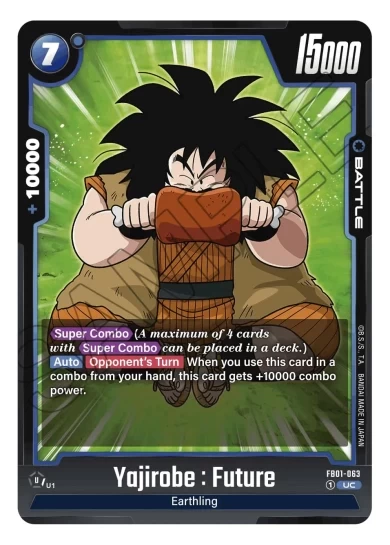
Know the important power thresholds
Dragon Ball World Fusion gives the tiebreaker to the attacker, meaning if two cards with similar power are in battle, the one who declared the attack takes out the other. Knowing this, You can force your opponent to pick either to lose a battle card, take a hit on their leader, or spend a combo card from their hand with a card of similar power as your target.
Early on, this creates some important power thresholds which one should be aware of:
- 15,000 is the power of most leaders before they awaken. Then, you can pressure the early phase of the match with 1-cost battle cards, tying with the opposing leader. However, this also means any leader can attack those cards while they are in rest mode.
- 20,000 is the power of most leaders once they awakened. This represents the power of a 2-cost vanilla card, meaning you don't have to play super expensive cards to force a response from your opponent. Same as with the previous point, this also means the leader will be able to attack those cards while in rest mode.
- Vanilla cards start at 15,000 power for a 1-cost and get 5,000 per extra energy they require. Most abilities will be paid with a decrease of 5,000 power to the card.
- Combos cards can grant 5,000 or 10,000 power. This means you force at least two cards from your opponent if you attack with 10,000 more power than your target, as you would win the tie if they only used one +10,000 power. The only exception to this rule are Super Combo cards, worth 20,000 power on defense.
Depending on your strategy, you could build your deck to match the expected power of the opposing leader, which is pretty low compared to most cards at three or more energies. Then you probably would have an aggressive deck, with low cost cards constantly looking to harass the opponent leader, and require them to use combo cards to stay alive. Otherwise, you could build a deck with the intent to dominate the battle area, meaning you would need to have cards your opponent can't take out easily, while you can attack theirs when they are in rest mode without investing too many combo cards every time.

Sequence your turns properly
Sequencing your turn, and your attacks in particular, is absolutely key to building that so important card advantage. Indeed, through the tresholds we just discussed, and the abilities of various cards, or the impact of certain keywords (double strike, critical...), different sequences of attacks will have completely different results. Also, as you can mix your attacks and when to play your cards during your turn, you can often start with an attack, check how your opponent reacts to it, and then decide which card to play next.
Another finesse of the game if the fact ties in battle go to the attacker. Then, you can force the opponent to use combo cards early on,
For example, if you attack the opposing leader before their rested battle cards, you potentially give them a chance to draw a card, which they can use to protect themselves from your next attack.
In the same idea, a double strike, or a critical attack to your opponent's leader won't have the same impact as one without either keyword involved.
A prime example of a missed opportunity would be to attack with your 20,000 power battle card first, and awaken the opposing hero in the process. Then all your cards with 15,000 power have no shot at dealing a damage, or forcing a reaction from your opponent unless you invest a combo card first.
If you attacked with your 15,000 power card first, you would have the flexibility of picking what to do with your 20,000 power afterwards:
- If the opponent defends against your hit and stays at 5 health. You could decide not to awaken them at all, and target a rested battle card, or keep your card active so it can't be attacked during your opponent's turn.
- If the opponent decides to take the hit, then you can try to get them to 3 health immediately, as they are awakened anyway, so might as well keep the pressure on.
- Doing so, you also get the information of whether the opponent wants to awaken or not, which might impact your decision as to which cards you will play during your turn.
- Once they awakened, the opponent will care less about your 15,000 power cards, as they can't tie with their leader. As such, having your 20,000 power card in rest mode rather than your 15,000 power one can be beneficial to them, as this is the card they might want to take out.
Combo power is extremely important to gauge a card
A card has four important areas you need to look at in order to assess its usefulness. Three of them should be easy to understand if you have ever played another card game, the energy cost, the power, and the ability. We discussed the power threshold in the previous section, so unless the ability brings some substantial value to your deck, you should know which power to expect based on the cost of the card. As for knowing whether the ability itself is a good one, this is entirely based on your strategy, and your popular opponents.
Already, I could understand how being able to throw opposing cards back in hand, in their deck, or switch to rest mode could be valuable, as it messes with how the opponent uses their energy. In a game as fast as Dragon Ball Fusion World, denying the opponent a couple of energy already can create quite the gap for the rest of the match. Blocker, Critical and Double Strike are also good keywords, particularly as the game progresses, and it can force the opponent to overreact to a unit with one of those attached.
However, a part of a card I overlooked at first is their combo power, as this will heavily impact the value of the card outside of being played. For example, spells are very cheap in this game, and tend to be super effective in the right situation. Unfortunately, because they hold no combo power, you can also be stuck with a bunch of spells in hand and watch one of your important battle cards be removed as you couldn't defend it. On the other hand, a mere 1-cost which has no point being played late in the match, could be worth a ton if it becomes a bonus 10,000 power to save another card, or push for a Leader hit.
In that sense, Dragon Ball World Fusion pushes us to look at cards not only from the perspective of their usefulness when they are in play, but also when they aren't. How flexible is a card if the situation I envision for it doesn't exist ? Sure, you can always throw it in your energy area to pay for other cards. Yet, there must be a reason why we are only allowed to have four super combo cards in our deck. My logic is: because they are pretty good at what they do. Then, once you are looking for the best finishing touches to your deck, and look for cards you will not often play as battle cards, pay close attention to which combo power it holds as 0, 5,000 or 10,000 can make a world of difference to save the cards you are confident you want as the core of your strategy.

Know when to stop placing cards in your Energy Area
As a follow-up to the importance of the Combo power we just discussed, and looking at the game as a card management battle first and foremost, the energy area is an important mechanic. Indeed, while you are forced to sacrifice cards to build your energy bank early on, the late-game is a completely different story. Then, a card you place in that area is one you won't play, or more importantly, use to power up another one. As such, it is crucial to know how much energy does your deck need to function, as each one extra could have been a bonus 5,000 or 10,000 power down the line, saving a card or pushing an attack.
Once again, this aspect of managing your cards gains importance as the amount of cards we have reduces. Then, building an early lead can tilt the balance in our favor, push the opponent to invest more into staying afloat, ultimately leading to them not being able to place cards in their energy area while we can still afford it.
Because cards can have different functions in this game compared to those where you energy builds itself turn after turn, you can use the energy area as another component of your strategy. Some decks will aim for a specific energy number and then stop no matter what the situation is, while other will have more expensive cards, and their importance in that specific match will dictate how much energy is necessary.

Closing Words
Dragon Ball World Fusion is still super young, but has a lot of players with solid card game experience giving it a try. In that context, I hope this article can help a few people get a better grasp of which mechanics to focus on early in their experience.
In case this piece felt a bit too complicated, or Dragon Ball was your first card game, I have another piece in the work with some beginner friendly advices and play-patterns you can rely on.
Until then, I hope you're having fun on this new game. Feel free to let us know which topics you would like us to cover in the future, or ask any question you might have in the comment section.
Good Game Everyone!
